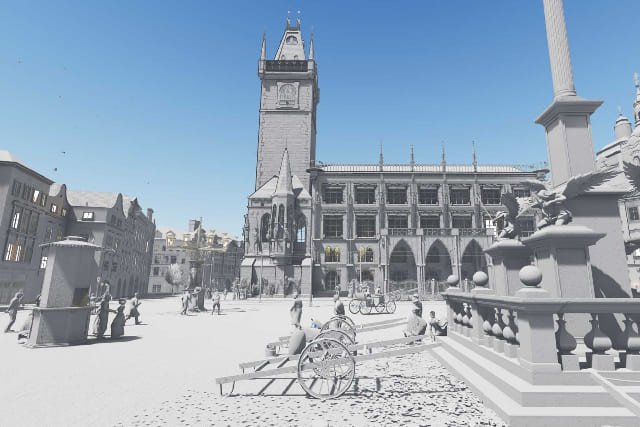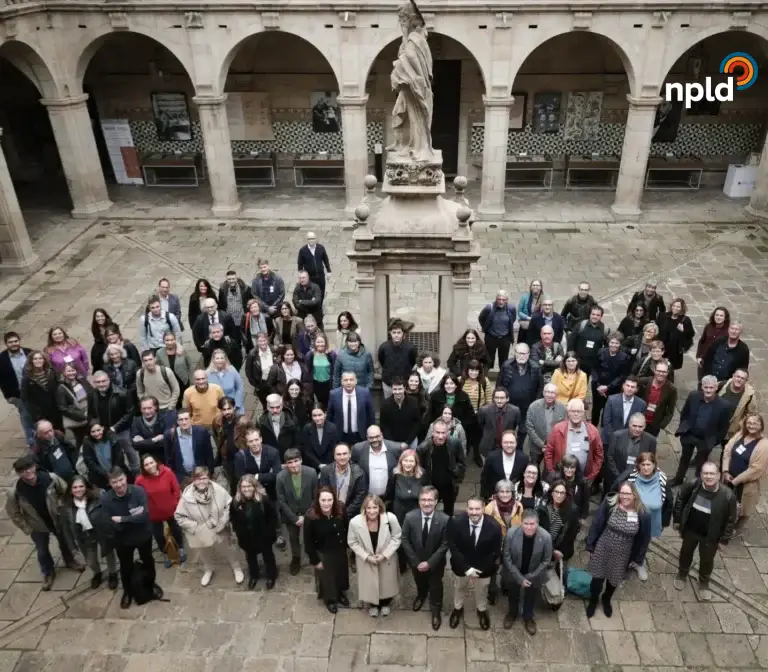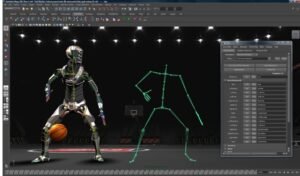
What is a 3D render? Functions and applications
3D renderings have conquered the technological world and have become an essential tool in the visualization and creation of projects. In this article, we will explore in detail what 3D renderings are, how they work and their various applications in today’s technology.
Do you need to create 3d renders for your project? At Virtual Arena we are specialists in consulting, design and 3D animation.
Definition and concept
3D renderings, also known as 3D Rendering, are graphical representations, images or videos created through specialized software. Its main objective is to capture digitally and realistically a concept, idea or project. These creations are based on three-dimensional models stored in the computer, where elements such as polygons, materials, textures and lighting are incorporated to obtain a visually impressive final result.

Functions and applications in today's technology
The use of 3D renderings spans multiple sectors, not just architecture. In addition to being a valuable tool in landscape and interior design, it also finds applications in civil engineering projects, industrial design and other industries. 3D renderings have revolutionized the way ideas and projects are presented, offering a detailed and realistic view that transcends the limitations of paper drawings.
3D rendering process
Creation of 3D models
The 3D rendering process begins with the creation of three-dimensional models that represent the project or concept to be visualized. These models are the basis on which the render is built, and are made using 3D modeling software such as Autodesk 3ds Max, Maya, Blender or SketchUp. The accuracy and detail in the creation of the model directly influence the realism and quality of the final rendering.
Importance of lighting and textures
Lighting and textures are fundamental elements in the 3D rendering process, as they contribute to create the desired atmosphere and realistic look. By applying different lighting techniques, such as ray tracing, light interactions with the model objects are simulated, generating shadows, reflections and natural lighting effects.
Calculations and algorithms in rendering
The rendering process involves complex calculations and algorithms that determine how light behaves in the 3D scene. These calculations are essential to achieve a realistic rendering, as they simulate the physical phenomena of reflection, refraction, occlusion, scattering and caustics, among others. Rendering time may vary depending on the complexity of the scene and the power of the hardware used.

Realism in 3D renderings
Advanced techniques to achieve realism
Realism is one of the main objectives in 3D rendering. To achieve this, advanced techniques such as ray tracing and path tracing are used to obtain accurate shadows and reflections. In addition, photon mapping and radiosity contribute to the creation of scenes with softer and more natural lighting, increasing the degree of realism in renderings.
CPU and GPU utilization in rendering
The rendering process can be carried out using the processing power of the CPU (central processing unit) or the GPU (graphics processing unit). The CPU is ideal for photorealistic and accurate rendering, while the GPU is more suitable for real-time rendering, used especially in video games and interactive applications.

Advantages and uses of 3D rendering
Architectural visualization and interior design
In the field of architecture, 3D renderings have revolutionized the way projects are presented. Architects can show their clients photorealistic representations of buildings, interiors and landscapes, enabling a better understanding of designs and facilitating decision making.
Applications in the entertainment and video game industry
In the entertainment industry, 3D rendering has played a crucial role in creating stunning visual effects in movies, TV series and video games. These realistic depictions have taken visual storytelling to a whole new level, transporting viewers to imaginary and exciting worlds.
Utility in medicine and virtual simulations
In medicine, 3D renderings have been instrumental in visualizing organs and tissues, enabling healthcare professionals to better understand anatomical complexities and plan surgical interventions more accurately. In addition, 3D renderings are used in virtual simulations for medical training and scientific research.
Rendering software tools
Examples of popular software and their features
There are numerous rendering software on the market, each with its own features and advantages. Among the most popular are V-Ray, Lumion, Corona, Blender Cycles and Arnold, each with its own specific approach and capabilities.
Comparison between different rendering engines
The choice of rendering software will depend on the needs and requirements of the project. When comparing different render engines, it is essential to consider factors such as the quality of the output, rendering time and compatibility with the 3D modeling software used.
The choice of rendering software will depend on the needs and requirements of the project. When comparing different render engines, it is essential to consider factors such as the quality of the output, rendering time and compatibility with the 3D modeling software used.

Importance of 3D rendering today
Its impact on the creative and decision-making process
3D renderings have revolutionized the way creative professionals visualize and develop projects. By providing a realistic and detailed preview, they facilitate decision making and allow for quick adjustments before the production stage.
Future prospects for 3D rendering in technology.
The continuous development of rendering technology and algorithms bodes well for the future of 3D rendering. Advances in processing speed and rendering techniques are expected to
allow increasingly realistic and sophisticated renderings to be obtained. The integration of artificial intelligence and machine learning could also drive the automation of certain aspects of the rendering process, further streamlining the creation of spectacular images and videos.
In addition, virtual reality and augmented reality have opened up a new world of possibilities for 3D renderings. These technologies enable even deeper immersion in 3D models, resulting in an interactive and immersive experience for viewers. In the future, we could see 3D renderings used not only to present projects, but also to create complete virtual environments and simulated experiences that push the boundaries of what is possible in the real world.

Conclusions of the 3d renderings
3D renderings have conquered the field of technology and have become an essential tool in various fields. Its ability to render projects in a realistic and detailed manner has transformed the way architects, designers, artists and professionals in general visualize and present their ideas.
From the creation of three-dimensional models to the application of advanced lighting and texturing techniques, the 3D rendering process involves complex calculations and algorithms that seek to obtain the highest degree of realism possible. The choice of the right rendering software plays a crucial role in the quality and efficiency of the process.
3D renderings find applications in fields as diverse as architecture, interior design, the entertainment industry, medicine and scientific research. Its impact on decision making, the creative process and the presentation of projects has been undeniable, allowing for better communication and understanding of ideas.
Looking ahead, there are exciting prospects for 3D rendering. Advances in technology, artificial intelligence and virtual reality will open new frontiers for the visualization and experience of projects, taking creativity and innovation to unprecedented levels.
In conclusion, 3D renderings are a key piece in today’s technological universe, boosting imagination and materializing ideas in a surprising way. Their versatility and ability to evolve with technology make them an indispensable tool in the present and a fundamental pillar in the future of the creative and technological industry.
We hope this article has shed some light on the fascinating world of 3D rendering and its many applications today. Don’t hesitate to explore these exciting possibilities and immerse yourself in the magic of 3D rendering!
Share note:
Recent articles
Do you have a project in mind?
Related articles






